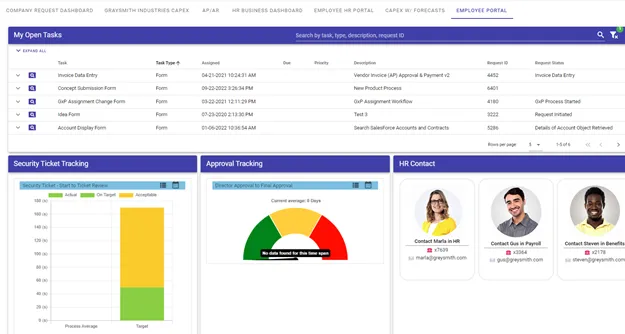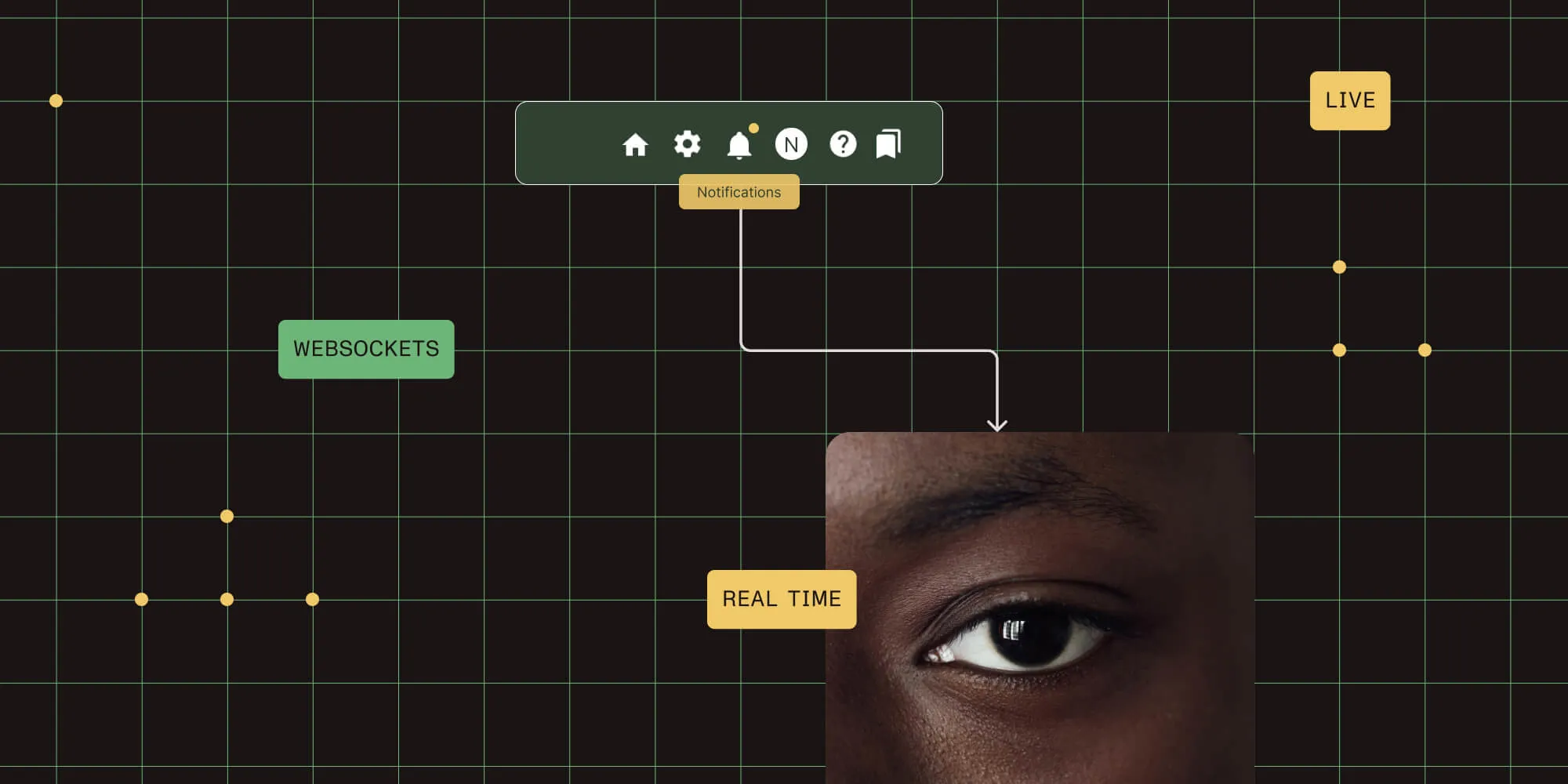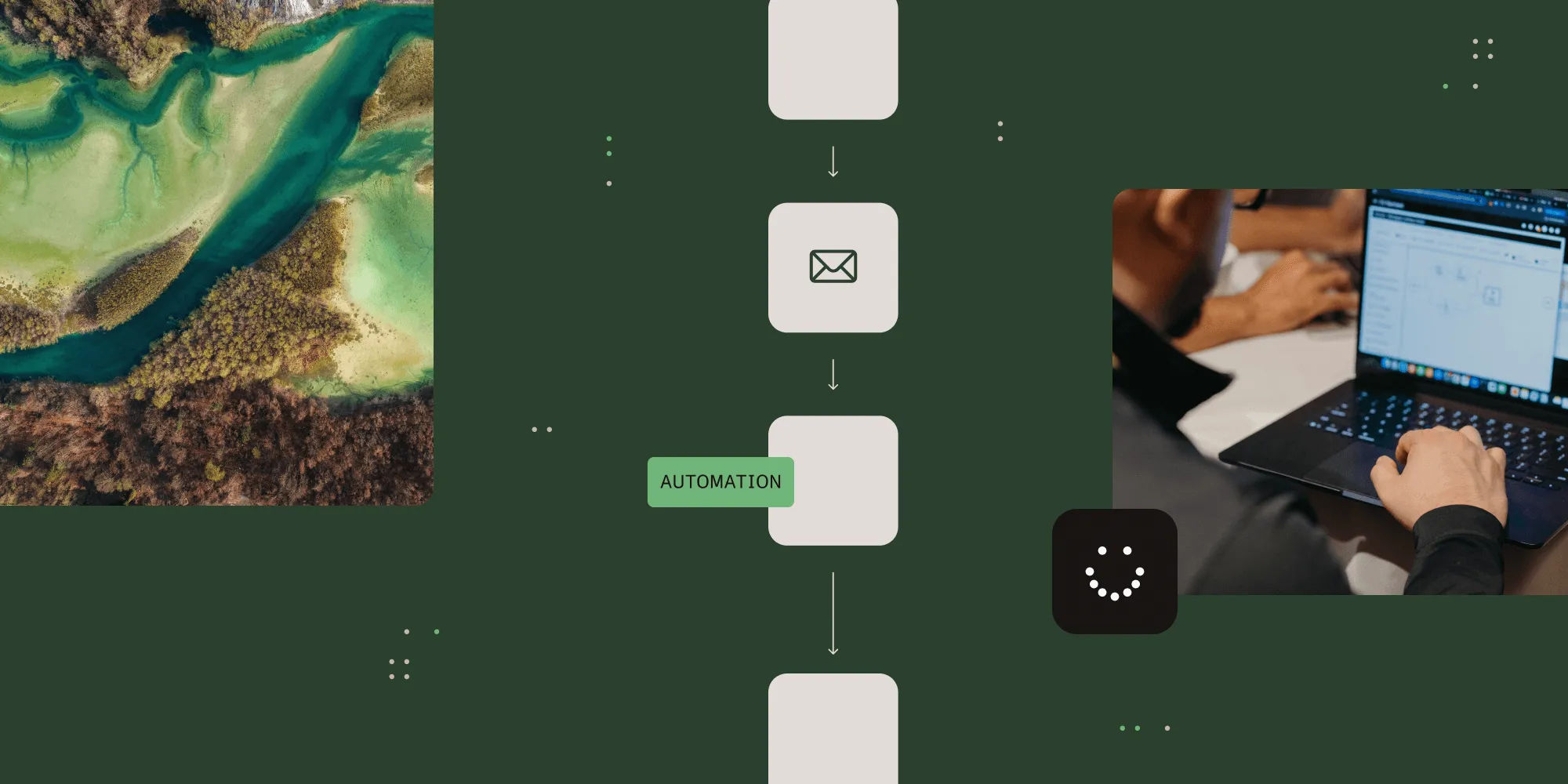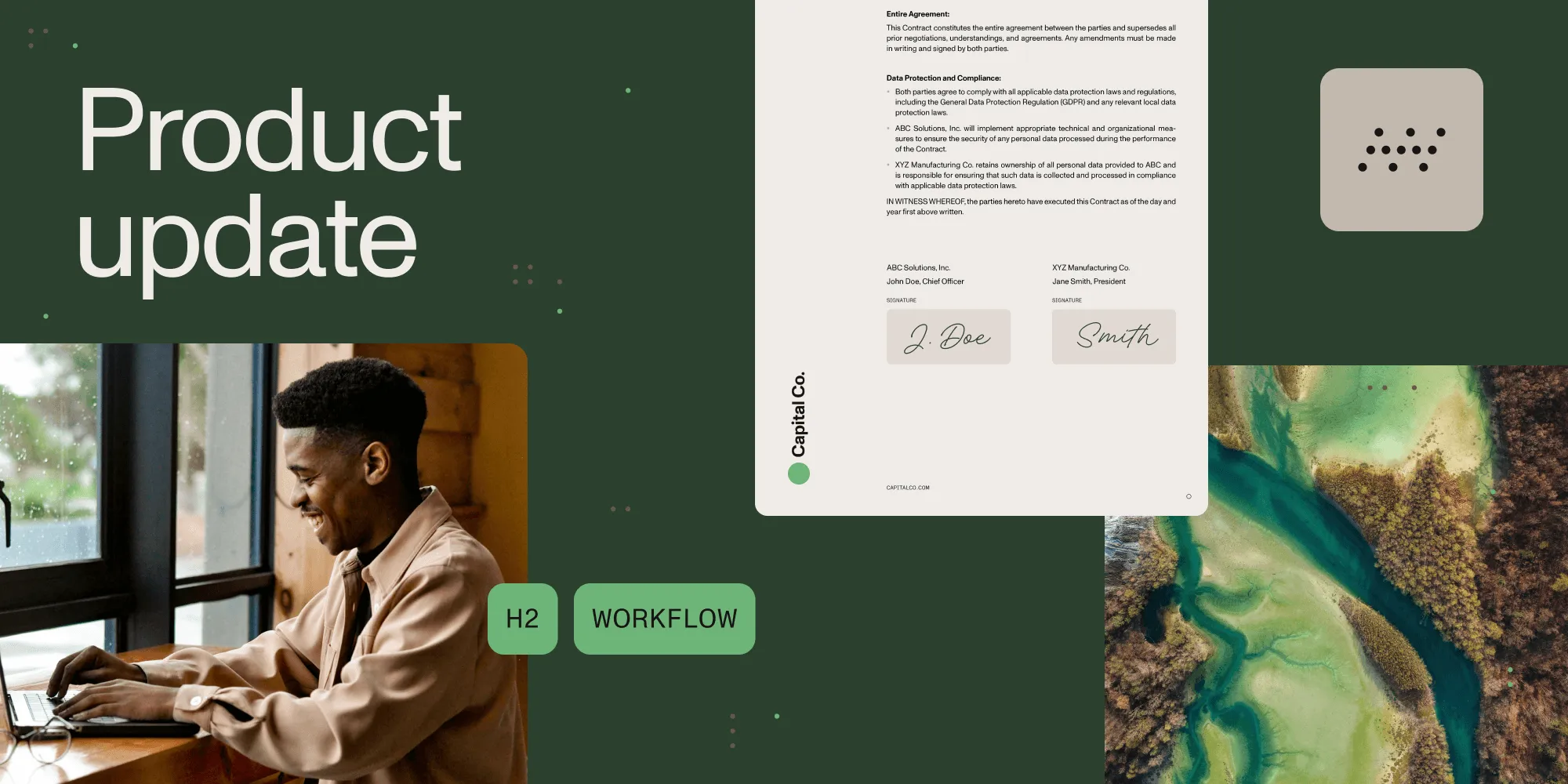BPMS Portal
Table of contents

What is a BPMS Portal?
A BPMS (Business Process Management Suite) provides a portal for employees, customers, vendors, or anyone else who needs access to the forms and processes you build to automate your business.
Access to the portal is governed by the user and user group rights set by the administrator. This ensures, for instance, that a customer doesn't see internal company forms, processes, dashboards, reports, etc. This is even true of internal departments, like HR or Finance, that don't want their processes or sensitive information seen by other departments.
BPMS Portals can be configured and branded to suit the individual user's specific needs, reducing clutter and improving the user experience. What one user sees is often much different than what another sees, based on their access rights, role, location, etc.
From one location, users can submit requests, provide information, give approvals, track progress, and collaborate with other users. Managers can review performance reports and KPIs related to processes to improve workflow. Administrators can design new forms, build automated processes, manage user access, design dashboards, and more. They are the "brains behind the portal."
How a BPMS Portal Works
Information is collected, and processes are kicked off through various methods, including forms built within the portal, inputs from other applications, company intranets, or websites. The information collected is then run through a workflow that parses it and routes it to whatever person or system is required. The workflow engine then continues to route new information (for instance, an approval) based on business rules until the process is complete. This could be as straightforward as a leave request or as complex as a capital purchase.
So How Does All This Make My Department or Company More Efficient?
By automating as many tasks as possible and centralizing them in an easy-to-use, user-friendly place like a BPMS portal, work gets done:
- Faster
- More accurately
- More consistently
- More transparently
That's because everyone knows what to do, when to do it, and what's going to happen next. Anything they need, whether a customer requesting a quote or an employee requesting a contract review, happens in one place. No emails, phone calls, or office pop-ins. No wasted time asking questions or hunting down statuses.








